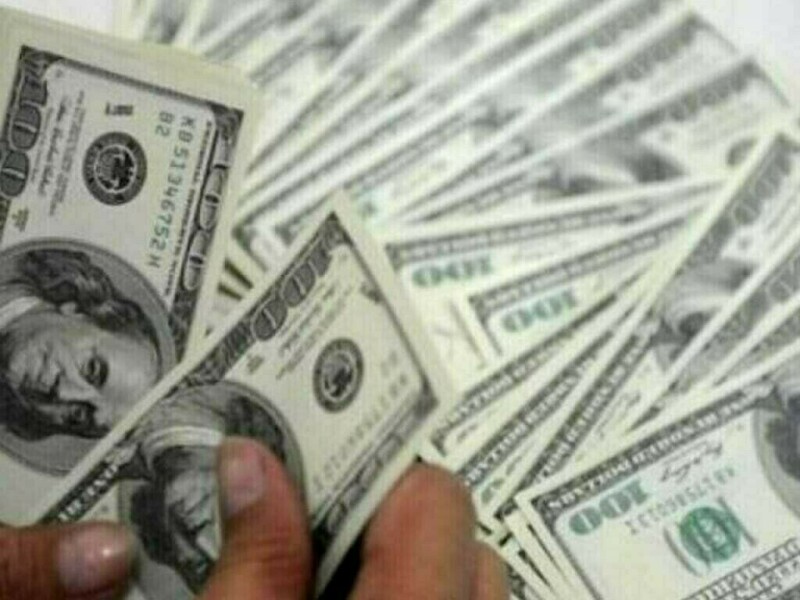TOKYO: The dollar wallowed near its lowest in nearly four years against the euro on Monday as market optimism over U.S. trade deals bolstered bets for earlier Federal Reserve interest rate cuts.
The greenback also languished near a four-year low versus sterling and a more than decade trough to the Swiss franc after Washington and China moved closer to a tariff agreement, even as U.S. President Donald Trump injected some uncertainty into the market’s bullish narrative by abruptly cutting off trade talks with Ottawa.
Investors interpreted Fed Chair Jerome Powell’s testimony to U.S. Congress last week as dovish, after he said that rate cuts were likely if inflation does not spike this summer due to tariffs.
Bets for at least one quarter-point reduction by September have risen to 92.4% according to CME Group’s FedWatch Tool, from about 70% a week earlier.
Dollar hovers near 3-1/2-year low as traders wager on US rate cut
The Fed’s rate-setting committee also meets next month, but does not gather in August.
“The market pricing implies a cut as a slam dunk” in September, Chris Weston, head of research at Pepperstone, wrote in a client note.
Friday’s monthly U.S. payrolls report is “the marquee risk event” this week, Weston said, and the risk to the dollar “seems asymmetric given the Fed’s reaction function is biased towards the timing of the next cut.”
That means the dollar is more likely to suffer a rout on weak numbers than rally on a hot outcome, he said.
An additional weight on the dollar came from Trump’s continued assault on Powell, saying on Friday that he would “love” if the Fed chief resigned before his term ends in May.
Trump also said he wants to cut the benchmark rate to 1% from the current 4.25% to 4.5%, and reiterated that he plans to replace Powell with a more dovish chairperson.
Investors are also keeping an eye on Trump’s massive tax-cut and spending bill, which is currently before the Senate and could add $3.3 trillion to the national debt over a decade, according to the Congressional Budget Office.
The dollar index – which measures the U.S. currency against six major counterparts, including the euro, sterling and franc – edged up 0.1% to 97.276, but was still not far from the more than three-year low of 96.933 late last week.
The euro was slightly weaker at $1.1716, just off the highest level since September 2021 reached on Friday at $1.1754.
Sterling was little changed at $1.3709, hovering close to Thursday’s peak of $1.37701, a level not previously seen since October 2021.
The dollar was steady at 0.7988 Swiss franc , after dipping to 0.7955 franc on Friday for the first time since January 2015, when the Swiss National Bank unexpectedly removed a cap on the currency’s value against the euro.
The U.S. currency was flat at 144.58 yen .
U.S. Treasury Secretary Scott Bessent said on Friday that Washington and Beijing had resolved issues surrounding shipments of Chinese rare earth minerals and magnets to the United States, further modifying a deal reached in May in Geneva.
He also said various trade deals with other countries could be done by the U.S. Labor Day holiday on September 1, suggesting some wiggle room on Trump’s July 9 deadline to reach deals or face aggressive “reciprocal” tariffs.
“USD will be driven by U.S. trade developments this week in our view,” Commonwealth Bank of Australia analysts wrote in their weekly FX strategy report.
“We are sceptical so many trade deals can be agreed so quickly,” they said.
“Nonetheless, news that some trade deals have been agreed will support the USD against the major currencies – EUR, JPY and GBP – (and) the USD will likely decrease against other currencies such as AUD.”
The risk-sensitive Australian dollar ticked up slightly to $0.6537, edging back towards Thursday’s 7-1/2-month high of $0.6563.
